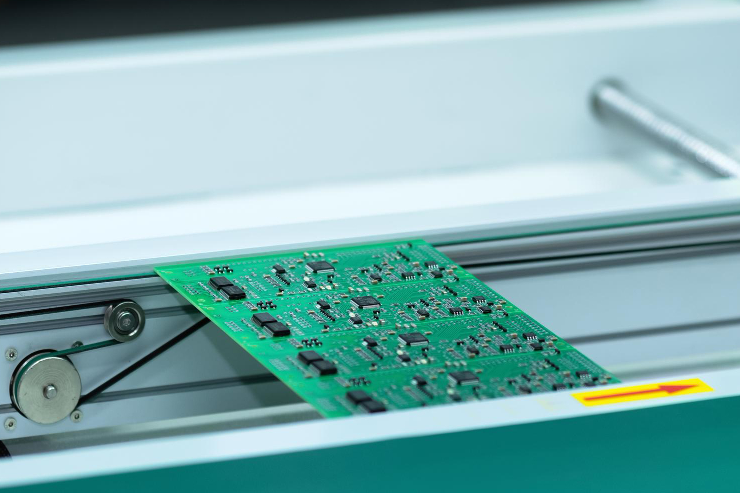The Plastic Evolution - PVC Manufacturing Materials
- ameyplasticstlc
- Oct 16, 2023
- 2 min read
PVC: The Dual Character of Flexibility and Rigidity
Diving deeper into the realm of plastics, our spotlight now focuses on Polyvinyl Chloride, or PVC. Synonymous with construction materials, medical applications, and even fashion, PVC's chameleonic nature is evident in its two primary forms: flexible and rigid.
Historical Background: While PVC's first synthesis dates back to the 19th century by German chemist Eugen Baumann, its true potential and commercial value began to unfold in the early 20th century. By the 1920s, industry giants such as B.F. Goodrich championed its commercial production, paving the way for its diverse applications.

Properties:
Durability: PVC is lauded for its durability, making it indispensable in scenarios demanding longevity.
Chemical Resistance: Its formidable resistance to a slew of chemicals makes it a linchpin in industrial environments.
Flexibility Variance: PVC's duality is its hallmark. Rigid PVC, commonly used in construction for pipes and window frames, boasts high strength and resistance. On the other hand, flexible PVC, enhanced with plasticisers like phthalates, finds its place in applications like electrical cable insulation, flooring, and inflatable structures.
Cost-Effective: Among its peers, PVC often emerges as a more economical choice, driving its ubiquity.
Pros:
Versatility: From healthcare equipment to fashion accessories, PVC's range is a testament to its adaptability.
Recyclability: With proper processes in place, PVC can be given a new lease of life through recycling.
Ease of Fabrication: Mould it, fold it, or weld it; PVC's amenability to varied fabrication techniques is a major plus.
Cons:
Environmental Concerns: The production and disposal of PVC come with their share of environmental challenges, especially due to the release of chlorine-based chemicals.
Phthalate Additives: The addition of phthalates to achieve flexible PVC has raised eyebrows for potential health risks.
Non-Biodegradable: PVC's resilience is a double-edged sword, making it a long-standing inhabitant of landfills.
PVC, in its rigid strength and supple flexibility, embodies the duality of innovation and challenge in the plastics industry. As we navigate this series, we're reminded of the potential of plastics and the responsibility that accompanies their use.

For detailed discussions, inquiries, or to explore collaborations, reach out to the Amey Plastics team at 01730 266525 or email us at sales@ameyplasticsltd.co.uk.






Comments